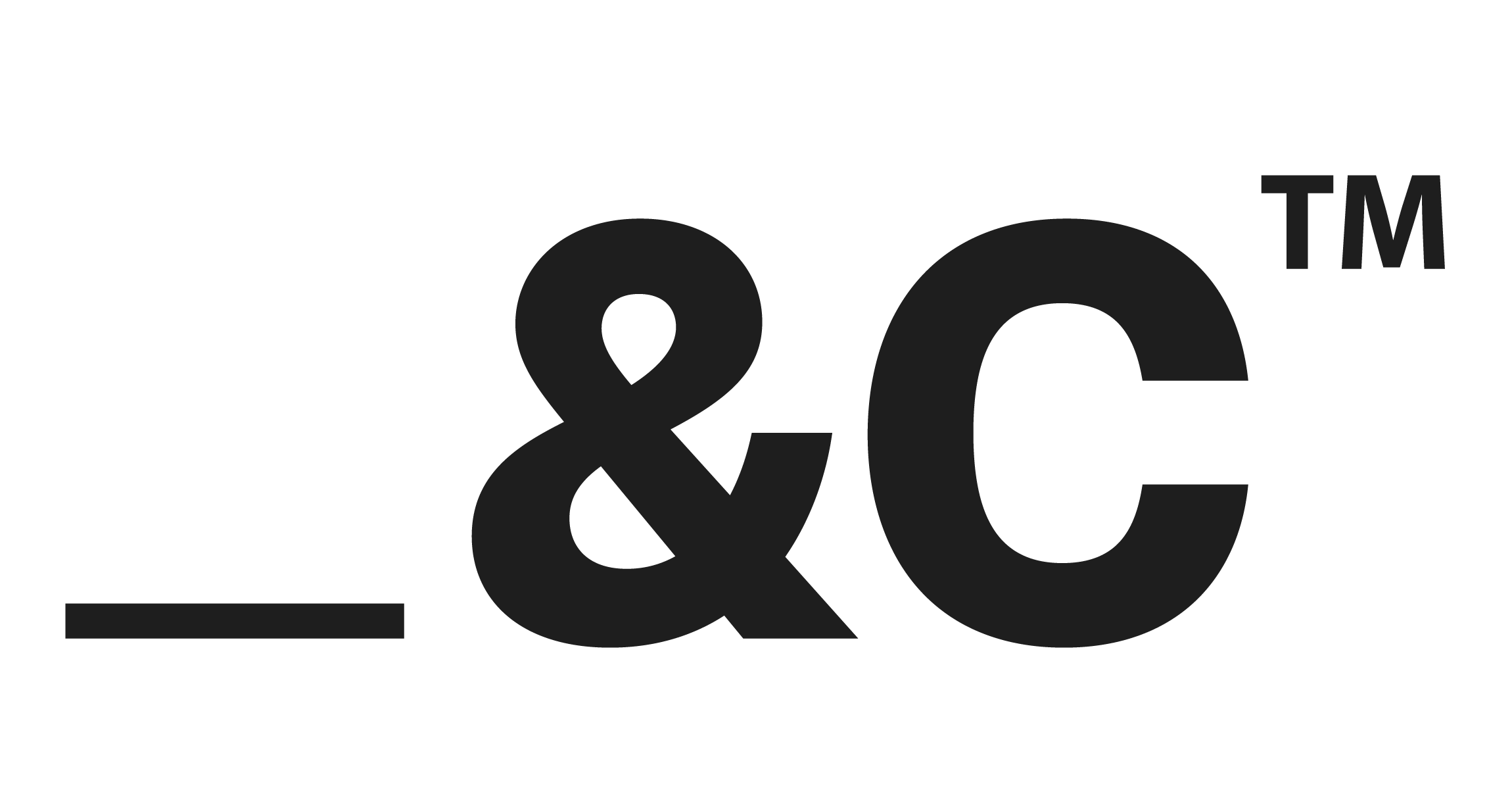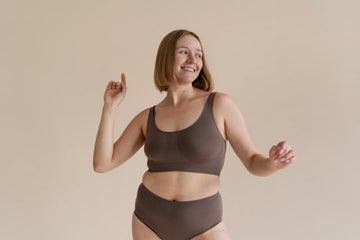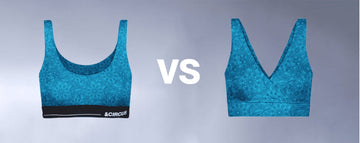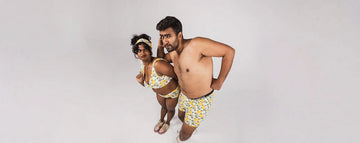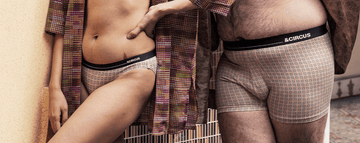Quick Listen:
Imagine stepping into a lingerie boutique where every rack welcomes every body curves, angles, and all. This isn't a fantasy; it's the reality of today's innerwear industry, transformed by the body positivity movement. No longer confined to outdated ideals, brands like Tailor and Circus are leading a charge toward inclusivity, sustainability, and comfort, reshaping how we think about bras, briefs, and beyond. The body positivity movement champions self-acceptance across all sizes, shapes, and abilities, and it's driving a seismic shift in fashion. What's behind this revolution, and where is it headed? Let's explore the trends, challenges, and opportunities redefining innerwear for the better.
The Pillars of Change: Size, Sustainability, and Comfort
At its core, body positivity rejects society's fixation on narrow beauty standards, advocating for a world where all bodies are celebrated. Innerwear brands are heeding this call by expanding size ranges to include everyone, from petite to plus-size. Tailor and Circus, for example, designs collections that prioritize fit and comfort across diverse body types, ensuring style doesn't exclude anyone. This shift reflects a broader cultural push to embrace diversity in size, skin tone, gender, and physical ability, rooted in historical movements like the Victorian Dress Reform.
Sustainability is another cornerstone. Consumers, particularly younger generations, demand fashion that aligns with their environmental values. The underwear market is projected to grow at a compound annual growth rate (CAGR) of 8.00% from 2024 to 2031, fueled by rising disposable incomes, hygiene awareness, and a preference for eco-friendly materials like organic cotton and recycled fabrics. Brands are adopting ethical production practices to meet this demand, proving that fashion can be both stylish and sustainable.
Comfort is king in this new era. The lingerie market, expected to reach $147.55 billion by 2030 with a CAGR of 8.28%, is driven by designs that prioritize functionality over mere aesthetics. Think bras that support without discomfort, panties that move with the body. This focus rejects the notion that beauty requires sacrifice, blending the casual ease of athleisure trends like yoga pants and hoodies with intimate apparel's need for precision and comfort.
Leaders of the Revolution
Tailor and Circus embodies this transformation. Their mission is clear: craft innerwear that celebrates every body while minimizing environmental harm. With inclusive sizing and sustainable fabrics, they've cultivated a devoted following, particularly among those frustrated by traditional lingerie's limited offerings. Social media platforms buzz with customer praise, highlighting how these products foster a sense of visibility and empowerment.
Other brands are following suit. ThirdLove and Savage X Fenty have redefined the market with extended size ranges and campaigns showcasing real, diverse bodies. The intimate lingerie market, projected to hit $31.55 billion by 2032, thrives on this demand for inclusivity. Even legacy brands like Victoria's Secret are adapting. Their adaptive intimates line, debuted at New York Fashion Week in September, caters to women with disabilities, addressing needs from arthritis to sensory sensitivities. Available online and in 40 stores starting October, these bras and panties blend style with accessibility, indistinguishable from standard lingerie in their vibrant colors and patterns.
Consumer response is electric. Instagram and TikTok overflow with testimonials, reflecting a craving for representation. The US lingerie market, valued at $14.8 billion in 2024, is expected to reach $21.3 billion by 2033 at a CAGR of 4.1%, propelled by this enthusiasm for body-positive products.
Navigating the Challenges
This transformation isn't without obstacles. For smaller brands, inclusivity can strain budgets. Extended sizing requires more materials, patterns, and inventory, while sustainable fabrics often carry a premium. Larger brands like Victoria's Secret can absorb these costs, but independents like Tailor and Circus must strategize carefully to maintain profitability without compromising values.
Market saturation poses another threat. As more brands embrace body positivity, differentiation becomes critical. Consumers, inundated with options, may question a brand's authenticity if its messaging feels performative. Quality is also a concern. Scaling production to meet inclusive and sustainable standards can tempt brands to cut corners, risking their reputation. A single ill-fitting garment can erode trust in an instant.
Seizing Opportunities
The rewards, however, are transformative. Brands that authentically embrace inclusivity are forging deep connections with consumers. The global intimate lingerie market, which generated $13.9 billion in 2022, is projected to reach $27.4 billion by 2030 at a CAGR of 8.9%, with shapewear as the fastest-growing segment. This growth signals a market eager for innovation and representation.
Digital marketing is a powerful ally. Platforms like Instagram and TikTok enable brands to showcase diverse models and transparent production processes, a stark contrast to the polished exclusivity of past campaigns. These authentic narratives resonate with Gen Z and Millennials, who prioritize values-driven brands, fostering loyalty that translates into sales.
The business case is undeniable: inclusivity expands market reach, tapping into underserved demographics and eco-conscious consumers. By aligning with cultural shifts, brands are not only driving growth but also building resilience in a competitive industry.
The Road Ahead
What lies ahead for body-positive innerwear? Experts predict a deeper integration of technology, from AI-powered fit solutions to virtual try-ons, enhancing the shopping experience. Sustainability will evolve with innovations in biodegradable and recycled fabrics. Inclusivity will broaden to encompass age, cultural diversity, and specialized needs, such as maternity or post-surgical garments. Victoria's Secret's adaptive line is a precursor more brands will likely follow, designing for accessibility without sacrificing style.
For brands entering this space, authenticity is non-negotiable. Representation must go beyond tokenism, featuring models who genuinely reflect the audience. Sustainability should be a priority, even if implemented incrementally. Customer feedback is a goldmine use it to refine offerings. Above all, a clear mission anchors a brand's identity in a crowded market.
As I browse social media, I see women proudly showcasing their Tailor and Circus briefs or ThirdLove bras, their posts radiating confidence. It's a powerful reminder: fashion is more than fabric it's a vehicle for empowerment. Body-positive brands are proving that designing for every body isn't just good business; it's a cultural force. In a world of fleeting trends, this movement is here to stay, and it's changing the game one bra at a time.
Disclaimer: The above helpful resources content contains personal opinions and experiences. The information provided is for general knowledge and does not constitute professional advice.
You may also be interested in: Role of the Fashion Industry in Shaping Body Image
Uncomfortable underwear shouldn't steal your confidence. At Andcircus, we craft ultra-soft, sustainable Lenzing Modal Micro innerwear for every body, XS to 5XL. From briefs to bras, our custom packs fit you perfectly. Shop risk-free with our 100% satisfaction guarantee and embrace comfort that includes everyone. #LoveEveryBody. Shop Now!


